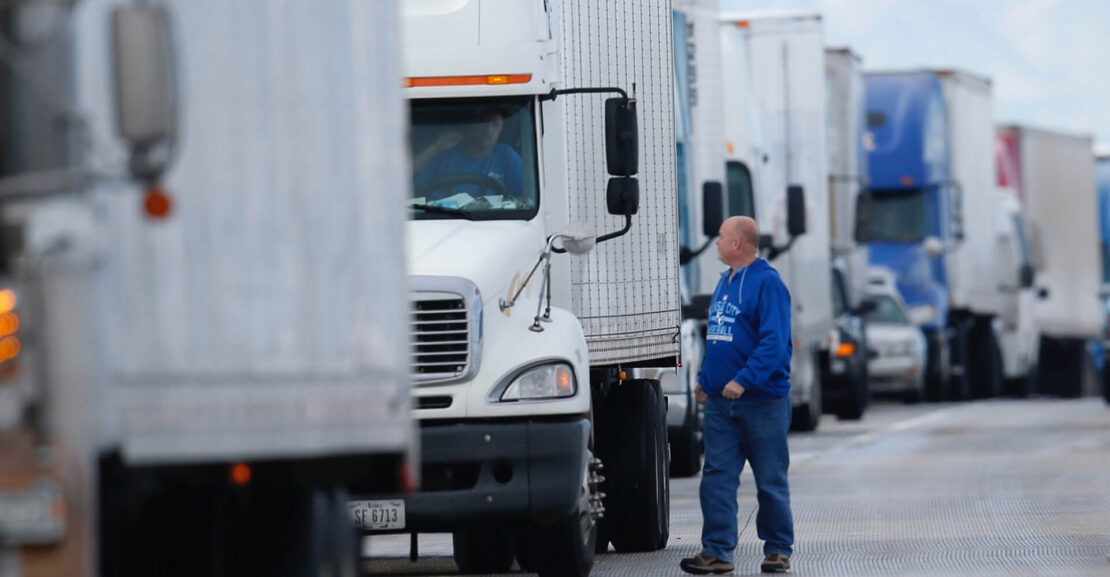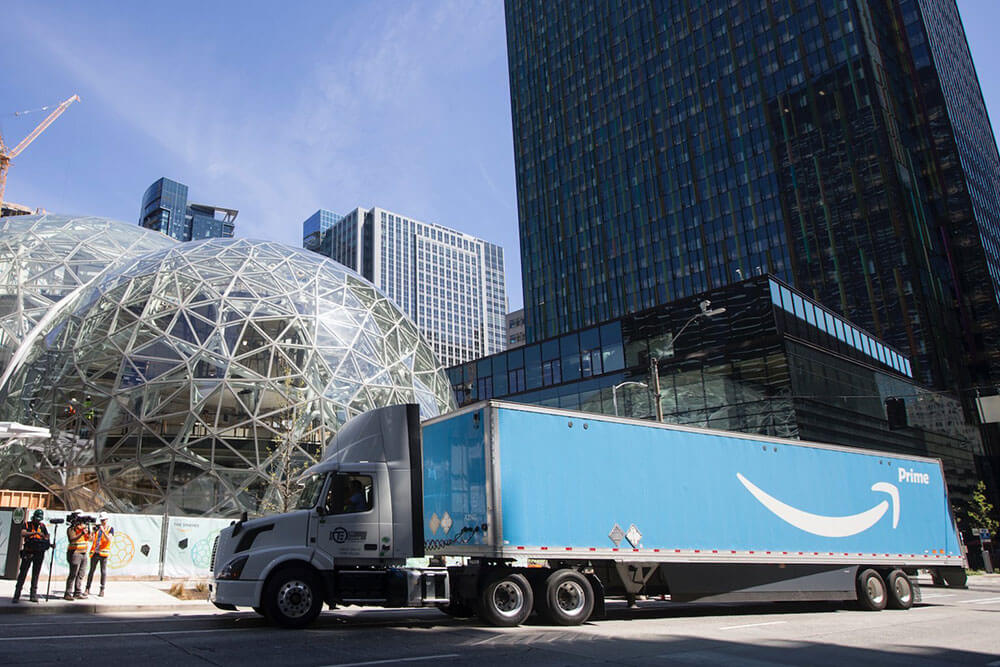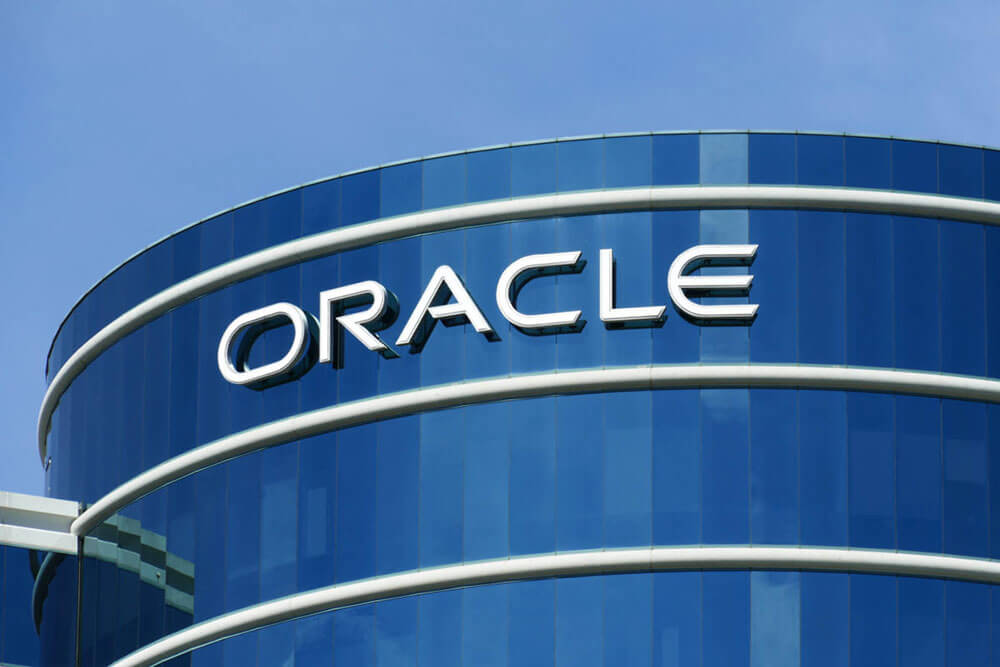Oracle to Challenge Uber and Amazon Freight Services

The demand for shipping is on the rise, and the market is having a tough time keeping up. With more consumers shopping online than ever before and everyone expecting quick delivery of the items they buy; freight companies are under pressure to fill the driver shortage and keep pushing shipments out on time.
To help address this need, companies like Amazon and Uber are working on innovative freight services that will help get shipments to and from their destinations more quickly and efficiently. Here’s a look at the current state of digital freight services and an overview of how these companies are doing.

How Amazon and Uber Are Doing
Trucking-as-a-Service (TaaS) is growing. In fact, the business consulting firm Frost & Sullivan states that it will increase “From an estimated current size of $11.2 billion … to $79.4 billion by 2025. Digital freight brokerage will account for the lion’s share of this market…”
Back in April 2019, Amazon launched their new digital freight brokerage service – freight.amazon.com – without much fanfare. FreightWaves analyzed the platform first, announcing that the pricing offered was about 30% below market rate.
Rewind back to 2017, Uber had already joined the game, originally testing UberFreight.com with refrigerated deliveries and later expanding services to compete with the wider market. With the slogan, “Moving the world together,” Uber Freight is quite literally the “Uber of freight,” offering many of the same intuitive features of Uber itself, like live map tracking, upfront pricing, and easy shipment scheduling.
However, the performance of both of these services has since been called into question. In 2018, Forbes even published an article titled: “Is Uber Freight On The Verge Of Going Out Of Business?” Of course, the reason behind industry speculation regarding the survival of these two services goes back to why they started in the first place: demand is outpacing supply.

Oracle’s Entry into Digital Freight Services
Earlier this month, Business Insider said it best: “Oracle is joining Amazon and Uber in the race to digitize the ‘antiquated’ $800 billion trucking industry.” Oracle made the announcement at the start of the month that it will be partnering with Loadsmart, one of the biggest digital freight-brokerage companies.
This partnership was highly strategic and done “to ensure Fortune 500 companies like Kraft-Heinz and Coca-Cola can quickly match their loads with truckers.” What’s interesting about Oracle is that they aren’t new to the world of logistics.
The company has actually been in the industry for 15 years. Executive Derek Gittoes said that he feels the trucking industry is “antiquated” in many ways and ready for this new age of digitization. One of the first ways Oracle plans to do that is by opening the doors to real-time visibility and costs within their own network.
Previously, Oracle’s customers could only book loads with specific carriers following an integration process. Now, with Loadsmart, they’ll be able to book with anyone in the network, making for yet another competitor in the digital freight brokerage space with the infrastructure to back their ideas.

Who Will Come Out on Top?
While these three companies launched freight programs in anticipation of growing shipping needs, Uber Freight openly acknowledged the driver shortage and began offering incredible incentives in response–like discounted fuel, tires, maintenance, and even discounts for new and used vehicles for drivers who join the program as carriers.
Meanwhile, as Uber works to compete with service and value, Amazon is sticking to their proven tactic: undercutting the market. Even just shortly after launching, the reduced prices found on Amazon Freight were revealed to likely yield “no or even negative margins.”
With that said, this strategy means that Amazon is also likely in it for the long haul, too–hoping to work through the driver shortage while sweeping up as much business as they can in the meantime with hopes of ultimately coming out on top as the market’s biggest player.
“Amazon wants a larger piece of the freight pie than what its trucks have extra time to deliver,” writes Emma Cosgrove in the piece for SupplyChainDive.com.
Now, Oracle is joining the ranks, making it the most recent big-name tech company to get involved in digital brokerage. And, they definitely stand to make a big impact. With other services, like Oracle Logistics Cloud, already bringing in Fortune 500 companies like Coca-Cola, they have the backing they need to make this expansion a success.
After all, Oracle is worth over $39 billion, and they already know plenty about what it means to be innovative in the world of tech. So, paired with their new strategic partnership with Loadsmart, there is no doubt that Oracle will make this race even more competitive.
Don’t Miss Out!
Want more trucking news right in your inbox? Signup for the SupposeUDrive newsletter by clicking here.

